Xcite Automotive Launches Point of Sale Product
Innovation continues at Xcite Automotive

Market Stabilization and Growth Dynamics
In the third quarter of 2024, the automotive market exhibited signs of sustained stability. Both new vehicle inventory and electric vehicle (EV) sales demonstrated significant growth, supporting the industry's return to pre-pandemic norms in terms of inventory levels and sales volume. The market's key drivers this quarter were a rise in incentives, strategic inventory adjustments, and a shift in consumer preferences towards more affordable vehicle segments. These dynamics, including rising incentives, strategic inventory adjustments, and shifting consumer preferences towards affordability, are shaping the automotive landscape as automakers strive to balance evolving demand with optimized inventories.
New-Vehicle Inventory Insights
New-vehicle inventory in the U.S. has returned to more stable levels, reaching approximately 2.76 million units in October 2024, which represents a 25% increase from the previous year but is still 20% below the levels seen in 2019. This figure represents a 25% increase from the previous year but is still 20% below the levels seen in 2019. The days’ supply for new vehicles stands at 81 days, closely mirroring the 80 days recorded in October 2019. The increase in inventory is partly attributed to new model year (MY25) vehicles arriving in dealerships, with 37% of stock now consisting of these new models.
Year-over-year sales have risen by 4%, signaling steady demand. However, consumer preferences have shifted towards smaller, more affordable models to counterbalance higher prices. Despite this shift, full-size trucks and SUVs, such as the GMC Sierra 1500, have maintained strong popularity, largely due to their versatility, towing capacity, and appeal for both personal and commercial use. The average listing price for a new vehicle is $47,823, with incentives accounting for 7.3% of the average transaction price—a sign of efforts to stimulate demand amid elevated costs.
Brands like Stellantis have implemented strategic measures to lower inventories, with Dodge reducing its days’ supply by 18 days. Stellantis aims to bring inventory levels below 350,000 units by the year's end, mirroring a broader industry trend of aligning inventory levels with market demand, particularly as more MY25 vehicles become available.
Electric Vehicle (EV) Sales Surge
Electric vehicles remained a standout segment in Q3 2024, with notable increases in both volume and market share. EV sales grew by 11% year-over-year, achieving a record market share of 8.9%. In total, 346,309 EVs were sold, marking a 5% increase from Q2. This growth has been largely fueled by incentives, which averaged 12% of the transaction price, significantly higher than the industry-wide average.
The introduction of more affordable EV models and improving infrastructure have made EVs more accessible. Tesla maintained its position as the dominant market player, with a 6.6% increase in sales driven in large part by the new Cybertruck, which sold over 16,000 units and became the third best-selling EV in Q3, following the Model Y and Model 3. General Motors (GM) also saw a 60% increase in EV sales, reaching 32,095 units, largely through the success of the Cadillac Lyriq and the Chevrolet Blazer EV. Additionally, Honda's rapid growth in EV sales from zero to over 15,000 units within the year illustrates the overall sector's dynamic expansion.
Carvana's Strategic Progress
Carvana showed continued progress in Q3, building on its recovery from prior financial challenges. The company reported record profitability in gross profit per unit and remains focused on maintaining strong unit economics. This recovery highlights the resilience of Carvana's e-commerce model, even amidst broader industry headwinds.
Market Trends and Consumer Behavior
Despite several disruptions, such as cyber breaches, hurricanes, and port delays, the U.S. automotive market has demonstrated resilience. Consumer sentiment is at a three-year high, spurred by expectations of lower interest rates and the nearing conclusion of the election cycle. Both dealerships and manufacturers have an optimistic outlook, anticipating a steady recovery for conventional and electric vehicle segments.
Incentives continue to be a critical tool for boosting sales, especially in the EV market, where incentives averaged 12% of the transaction price. The "leasing loophole" has made government incentives more accessible, further supporting sales growth. While EV prices remain relatively high—averaging $57,000—the use of discounts and government incentives is helping to broaden the consumer base, with EV market share projected to reach 10% soon.
Consumer preferences are also shifting toward smaller and more affordable SUVs, with strong sales of models such as the Honda CR-V and Toyota RAV4. Despite this trend, demand for full-size trucks and premium vehicles remains robust, highlighting the diversity of consumer needs across different market segments.
Summary
The U.S. automotive market in Q3 2024 exhibited resilience, as evidenced by stabilized new-vehicle inventory and strong growth in electric vehicle sales. Automakers have been strategic in managing new model rollouts and clearing older inventory, using incentives to stimulate both new vehicle and EV sales. While there has been a shift towards affordability, interest in premium trucks and SUVs remains strong, reflecting a diverse range of consumer preferences.
Looking ahead to Q4 and beyond, the market outlook remains optimistic. Anticipated lower interest rates and effective inventory optimization should further support industry growth. Automakers are focusing on leveraging incentives and adjusting to evolving consumer preferences, setting the stage for continued growth across both traditional and electric vehicle segments.
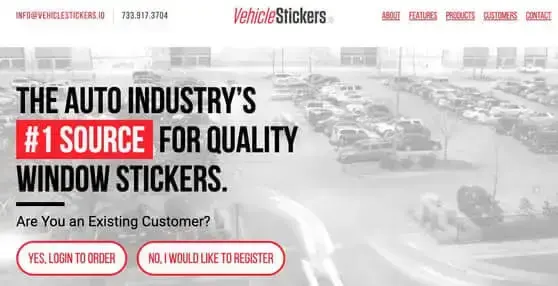
Innovation continues at Xcite Automotive
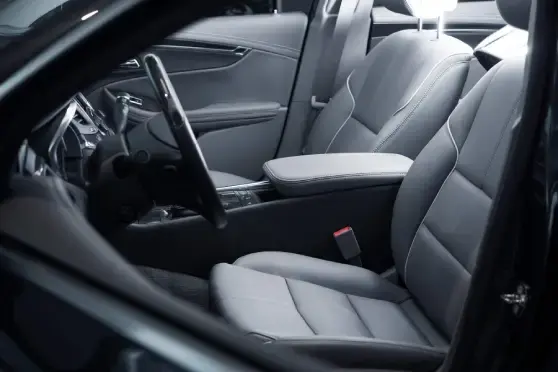
With nearly all vehicle sales happening online – from the very catching of your customer’s eye to the close of the deal, it has never been more...
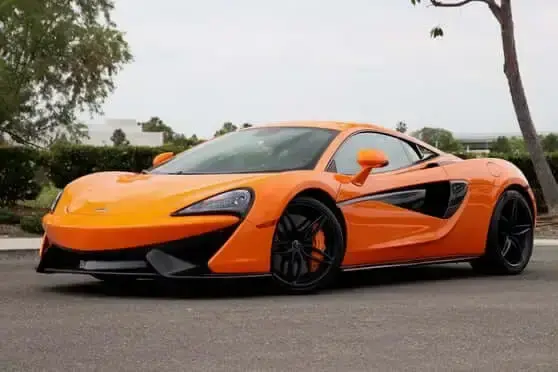
The Importance of Professional Photography in Automotive Sales In the fast-paced world of automotive sales, where online presence often dictates...
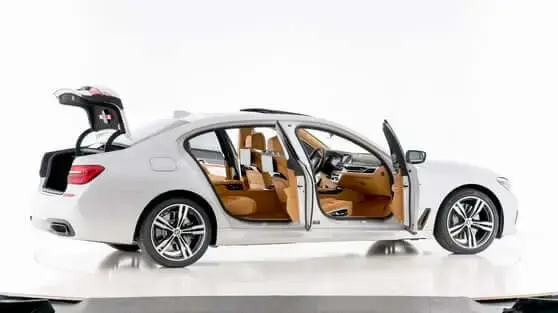
Xcite, a leading vehicle merchandising solutions provider, has acquired Car Studio Pros to expand its products and services
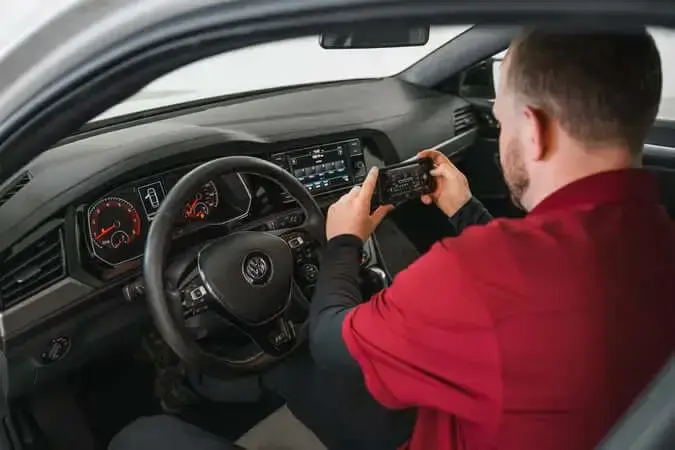 Read More
Read More

Almost every used car for sale on a dealership lot needs to have an FTC buyer’s guide on it by law. But did you know that the FTC changed the format...